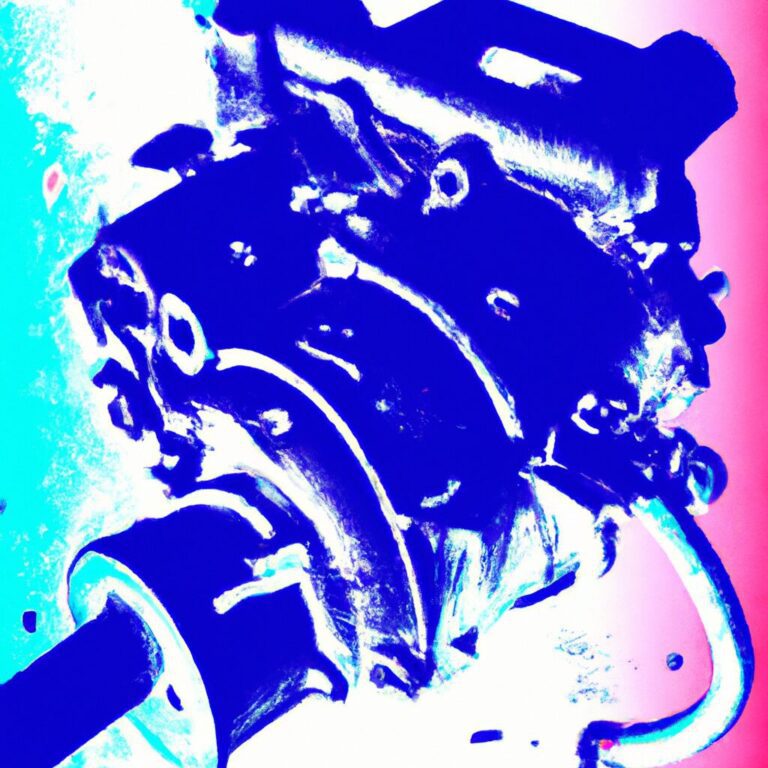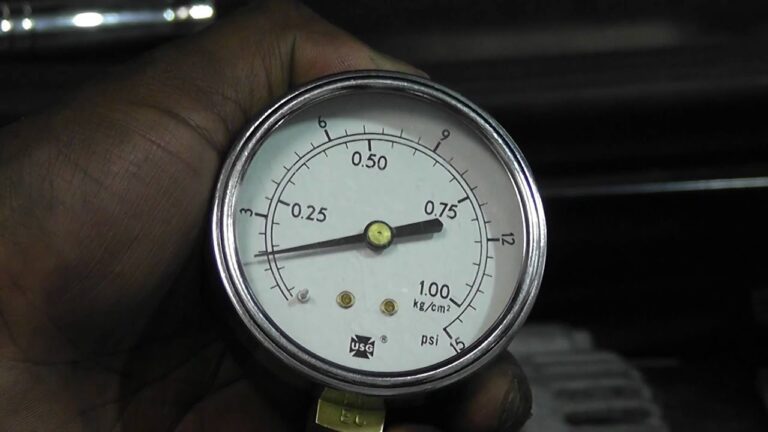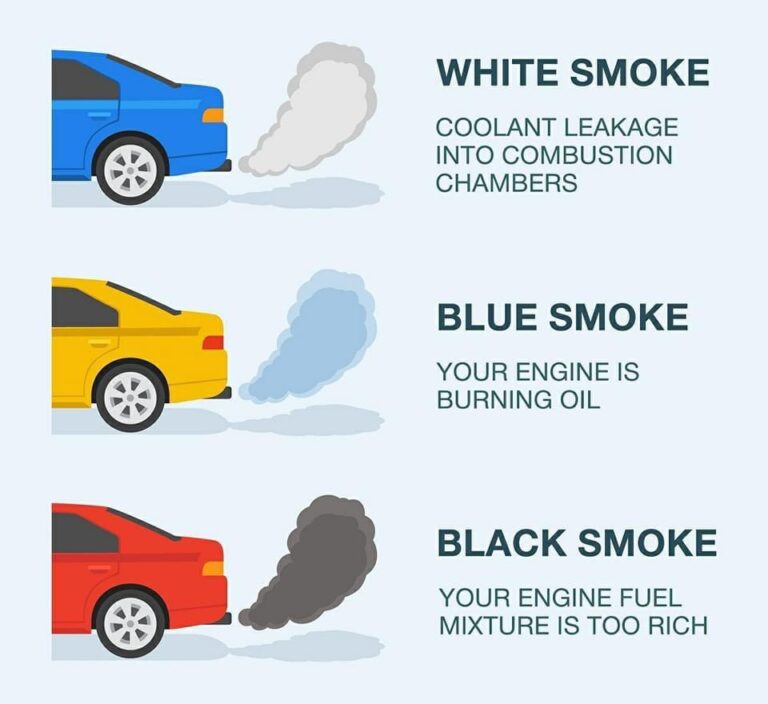How Long Can I Drive With Low Coolant
You can drive with low coolant for a short time but not recommended for extended periods. Low coolant can lead to engine overheating and potential damage.
Driving with low coolant poses risks to your vehicle’s engine health and should be addressed promptly to avoid costly repairs. It’s crucial to regularly check and maintain proper coolant levels to ensure your engine runs smoothly and efficiently. Neglecting this basic maintenance can result in overheating, engine failure, or even a breakdown on the road.
By prioritizing your vehicle’s cooling system, you can prolong its lifespan and avoid unexpected issues while driving. Remember, a small investment in regular maintenance can save you from significant expenses down the line.
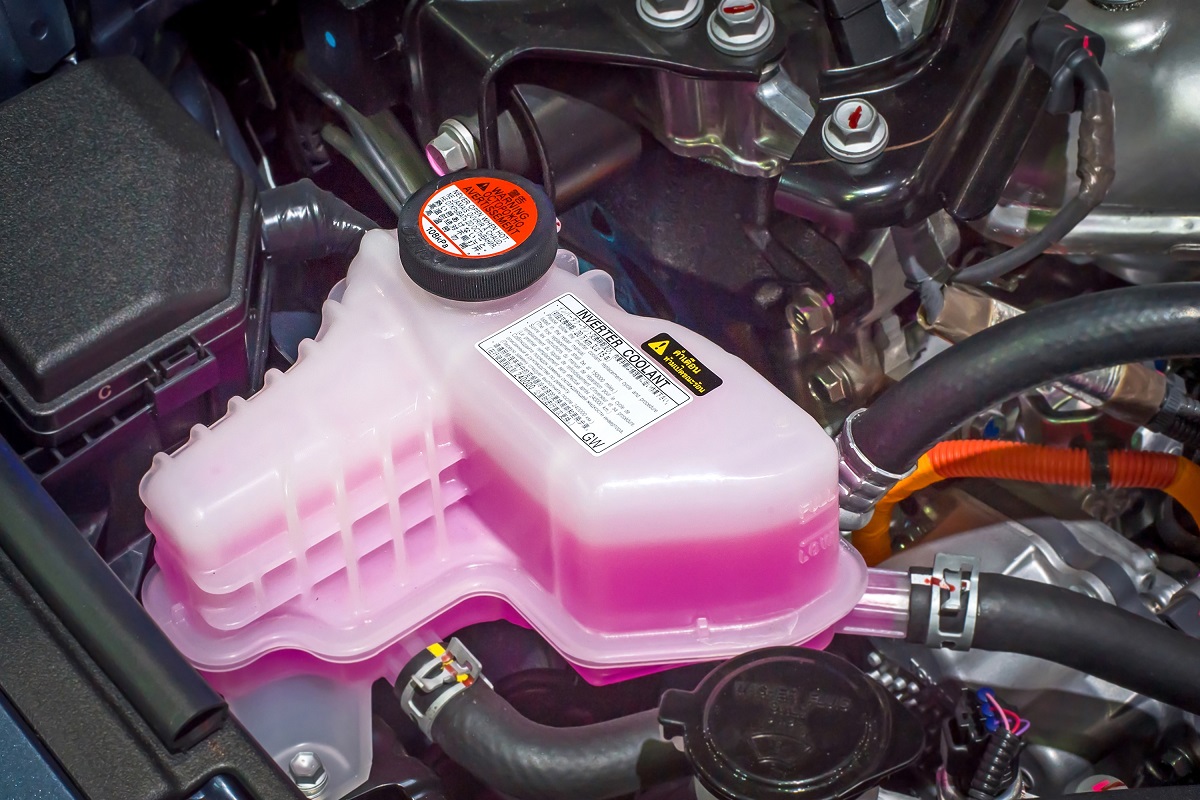
Credit: mycarneedsa.com
Potential Dangers Of Driving With Low Coolant
Engine Overheating
Low coolant levels can lead to engine overheating, causing a range of problems. The coolant is vital for maintaining the engine’s temperature within safe levels. When the coolant is low, the engine may run too hot, potentially leading to excessive wear and tear on engine components.
Damage To Engine Components
Driving with low coolant can cause damage to engine components. Without adequate coolant, the engine may overheat, causing stress and potential damage to various parts, such as the head gasket, pistons, and cylinders. Over time, this can lead to costly repairs or even the need for a full engine replacement.
Credit: www.quora.com
Signs Of Low Coolant Level
Your car’s dashboard coolant warning light illuminating is a clear indicator of low coolant levels.
Ignoring this warning can lead to engine overheating and potential damage.
Check under your car for any visible coolant leaks, indicated by colorful puddles or stains.
Addressing leaks promptly prevents further coolant loss and engine issues.
Steps To Take When Coolant Level Is Low
Low coolant levels in your vehicle can lead to overheating and potentially cause serious damage to the engine. It is important to address this issue promptly to avoid costly repairs and ensure the longevity of your vehicle.
Check Coolant Level
- Open the hood of your vehicle and locate the coolant reservoir.
- Check the coolant level against the markings on the reservoir to determine if it is low.
- If the level is below the minimum mark, your coolant level is low.
Add Coolant Or Antifreeze
- Wait for the engine to cool down before opening the radiator cap or coolant reservoir.
- Slowly pour coolant or antifreeze into the reservoir until it reaches the maximum fill line.
- Ensure that you are using the correct type of coolant recommended for your vehicle.
Temporary Solutions For Extended Driving
Turn Off Ac And Heat
When driving with low coolant, it’s crucial to take immediate action to prevent further damage to your engine. Turning off the AC and heat in your vehicle will reduce the strain on your engine, helping to maintain a safe operating temperature. By reducing the workload on your engine, you can buy yourself more time to safely reach a mechanic or a safe stopping point.
Drive At Slower Speeds
Another temporary solution for driving with low coolant is to reduce your driving speed. Slowing down will decrease the heat generated by your engine, providing some leeway in getting to a repair facility. By driving at a moderate pace, you reduce the strain on your engine and increase the likelihood of reaching your destination without causing further damage.
Importance Of Regular Coolant Checks
Regular coolant checks are essential for the proper functioning and longevity of your vehicle’s engine. Neglecting this simple task can lead to a range of costly repairs and a decline in engine performance. By understanding the importance of regular coolant checks, you can prevent expensive repairs and sustain your engine’s performance.
Prevention Of Costly Repairs
Failing to regularly check your coolant levels can have damaging consequences for your vehicle. Coolant is responsible for regulating the engine’s temperature and preventing it from overheating. When your coolant levels are low, your engine is at risk of overheating, which can cause severe damage to various engine components.
Overheating can lead to warped cylinder heads, blown head gaskets, and even engine seizures. These repairs can be costly, often requiring extensive engine repairs or even an engine replacement. By regularly checking and maintaining your coolant levels, you can prevent these expenses and avoid the headache of dealing with major engine issues.
Sustaining Engine Performance
Adequate coolant levels are crucial for sustaining your engine’s performance. The coolant not only regulates temperature but also lubricates certain engine parts, preventing friction and wear. When the coolant levels are low, the engine parts can experience increased friction, resulting in reduced performance and efficiency.
Poor engine performance can lead to decreased fuel efficiency, reduced power output, and an overall decline in driving experience. Regular coolant checks and top-ups ensure that your engine can operate at its optimal temperature, maximizing its performance and efficiency.
Moreover, engine coolant also helps prevent the formation of rust and corrosion in the engine’s cooling system. These issues can cause coolant leaks, radiator damage, and even affect other engine components. By maintaining a regular coolant check routine, you can avoid these costly repairs and ensure your engine stays in top-notch condition.
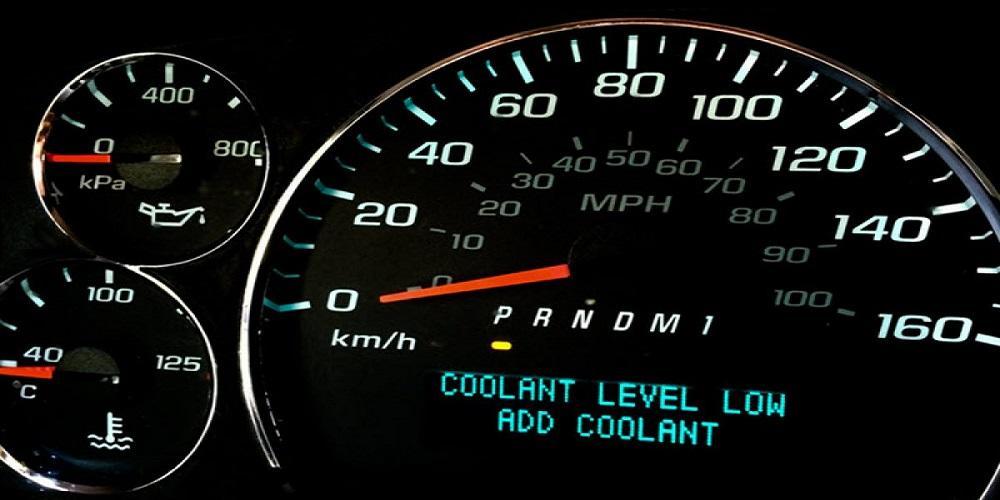
Credit: www.linquip.com
Frequently Asked Questions On How Long Can I Drive With Low Coolant
How Many Miles Can I Drive With Low Coolant?
You should not drive with low coolant as it can cause serious damage to your engine. It’s important to top up your coolant regularly to prevent overheating and potential engine failure.
What Happens If You Drive Car With Low Coolant?
Driving a car with low coolant can lead to overheating and potential engine damage. It’s important to regularly check coolant levels and top up when needed to prevent these issues.
What Happens When Your Car Is Low On Coolant?
Low coolant can cause engine overheating, leading to potential damage. It’s crucial to top up coolant levels to prevent issues.
Can I Drive An Hour With Low Coolant?
Driving an hour with low coolant can cause overheating and damage the engine. It’s not recommended.
How Long Can I Drive With Low Coolant Before It Causes Damage?
Driving with low coolant can lead to engine overheating and potential damage within minutes.
What Are The Early Signs Of Low Coolant In A Car?
Early signs of low coolant include a fluctuating temperature gauge, dashboard warning lights, and coolant leakage.
Can I Add Water Instead Of Coolant In An Emergency?
In an emergency, you can add water temporarily, but it’s essential to replace it with coolant as soon as possible.
Conclusion
Driving with low coolant can cause serious engine damage. It’s important to address coolant levels promptly to avoid long-term issues. Remember to check your coolant levels regularly and top it up when necessary. Don’t risk your engine’s health by neglecting coolant levels.
Stay safe, and keep your vehicle running smoothly.

